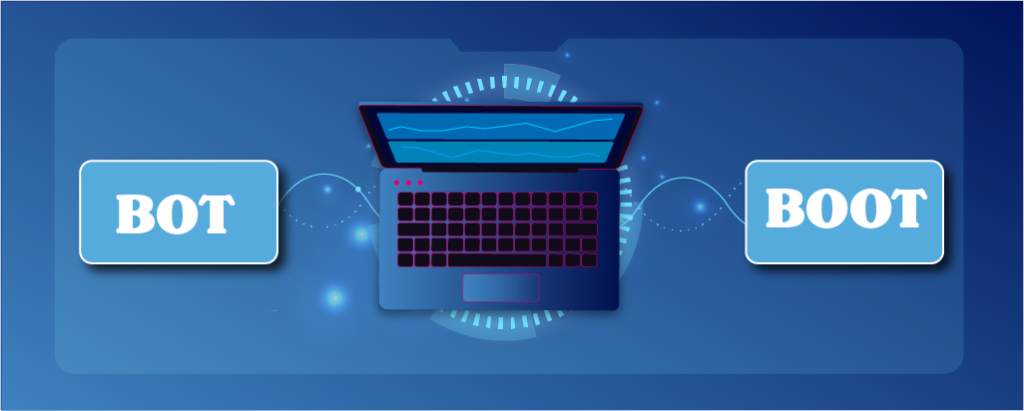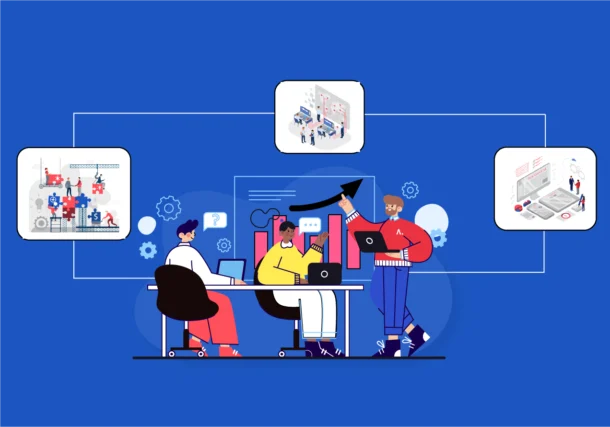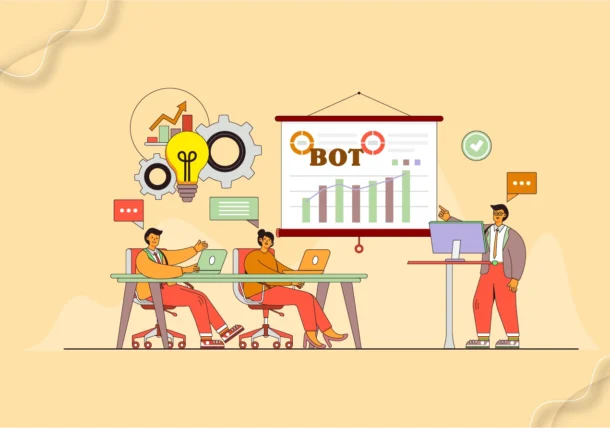Assimilating and Comparing Key Business Approaches; Decoding BOT vs. BOOT Models
When it comes to company strategy, the Build Operate Transfer (BOT) vs. Build Own Operate Transfer (BOOT) model comparison is crucial. Under the BOT model, a business assigns a project’s design, development, and operation to a third-party service provider for a predefined amount of time. Ownership of the project returns to the corporation upon the expiration of the contract. The corporation maintains ownership and operational management of the project throughout its existence, in contrast, according to the BOOT model.
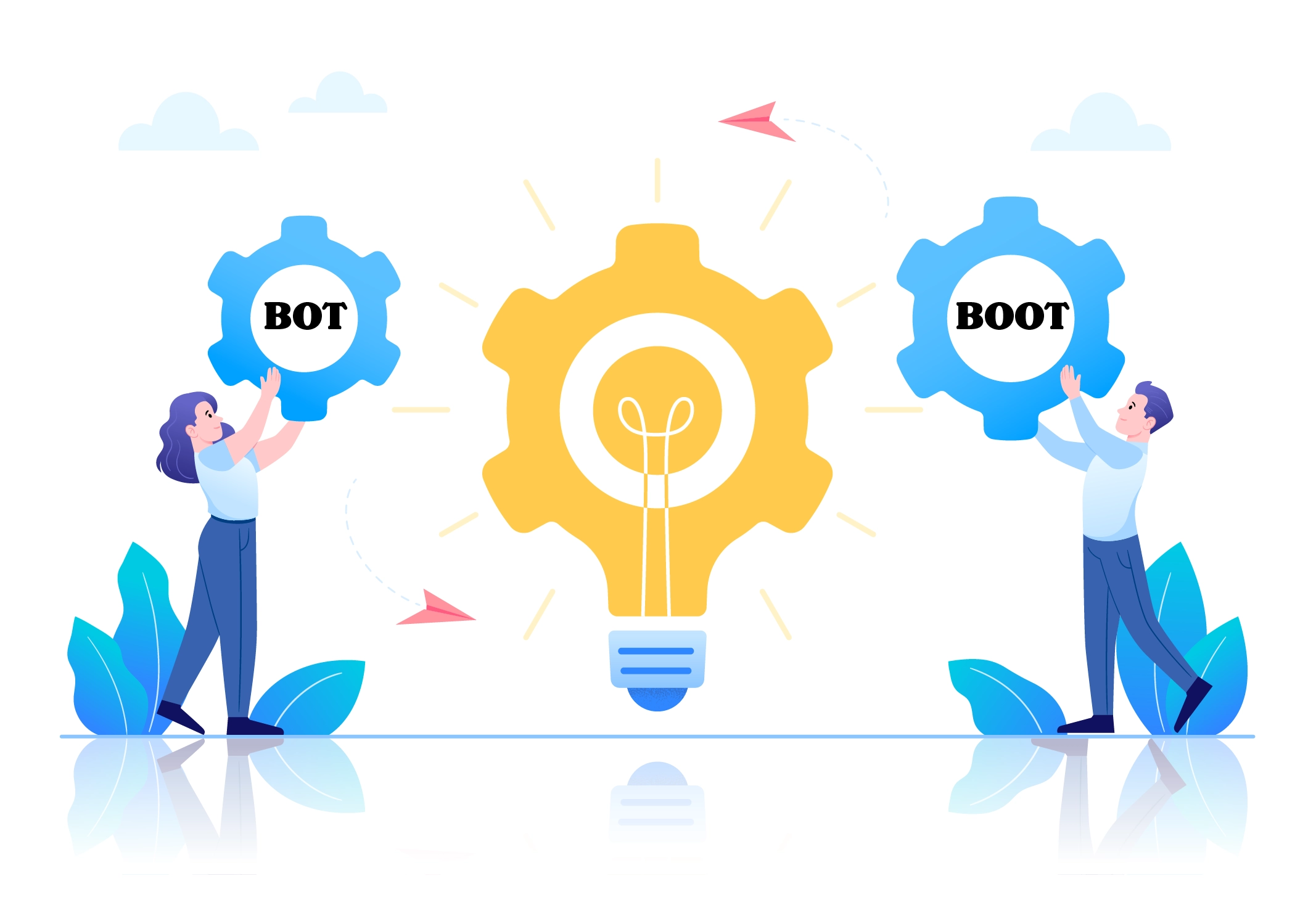
Every model has different benefits and things to keep in mind. Because the service provider is in charge of both project management and financing, the BOT model frequently offers affordable solutions. Furthermore, since the corporation does not assume ownership until later on, the danger is lessened. On the other hand, the BOOT model gives organizations more authority and control over the project, enabling them to better match their operations to their strategic goals. However, it usually involves larger long-term commitments and higher initial investment requirements.
Businesses must carefully consider their unique needs, financial limits, and long-term objectives when deciding between the two approaches. Businesses can ascertain which model most closely matches their goals and guarantees the greatest possible results for their endeavors by performing an extensive analysis. Businesses can use both of these models to ensure the success of their projects, whether they choose the more control and ownership provided by BOOT or the more affordable and risk-mitigated method of BOT.
Delving into BOT and BOOT for Strategic Insights and Applications; Unraveling Business Models
Modern company tactics are greatly influenced by the BOT and BOOT models. Despite their differences, both approaches approach project creation and management similarly.
The BOT model is characterized by its outsourcing component, which comprises hiring a third-party service provider to plan, build, and manage a project for a predetermined amount of time. The contracting company regains ownership of the project upon the conclusion of the prearranged period. One of the most important aspects is that operational risks are transferred to the service provider during the project’s operational phase, which helps to reduce financial risks for the business. Infrastructural projects including power plants, bridges, and toll highways frequently use BOT models.

The BOOT model, in contrast, calls for the corporation to maintain ownership and operational management of the project for the duration of its duration. Under this approach, the corporation usually bears the responsibility for the project’s operation from the beginning and must pay for its development. Important characteristics include more independence and command over project management, which facilitates alignment with the business’s strategic goals. BOOT business models are common in sectors like energy, telecommunications, and real estate that demand large capital investments.
For companies looking to execute projects as efficiently as possible, knowing the intricacies of these models offers strategic insights. BOOT models give more control and alignment with long-term goals, but BOT models offer more affordable solutions and risk mitigation through the engagement of another party.
Industry and project scope-specific use cases are available for both types. Businesses utilize these models for a variety of goals, ranging from technology endeavors and infrastructure development to large-scale energy projects and public-private collaborations.
Businesses may make well-informed decisions, manage projects efficiently, and propel success in their endeavors by understanding the unique features, advantages, and uses of BOOT and BOOT models. A complex world of operational frameworks and strategic options is revealed by examining the dynamics of the Build-Operate-Transfer (BOT) and Build-Own-Operate-Transfer (BOOT) models. These models provide flexible ways to project development and management, each with specific benefits and considerations. They are the cornerstone of contemporary business strategy.
Critiquing Cost, Control, and Flexibility in BOT vs. BOOT Models by Analyzing the Dichotomy
Critical insights into the cost structures, control mechanisms, and scaling potentials of the BOT and BOOT models can be gained by comparing them.
The service provider, who funds the project’s development and operation, bears the initial investment burden under the BOT model. Because it may avoid significant upfront capital expenditures, this lessens the company’s current financial burden. On the other hand, under the BOOT model, the project’s development and operation are fully funded by the corporation from the beginning. This could have greater upfront expenses, but it gives the business ownership and control over the project throughout its lifecycle, which could save money in the long run.
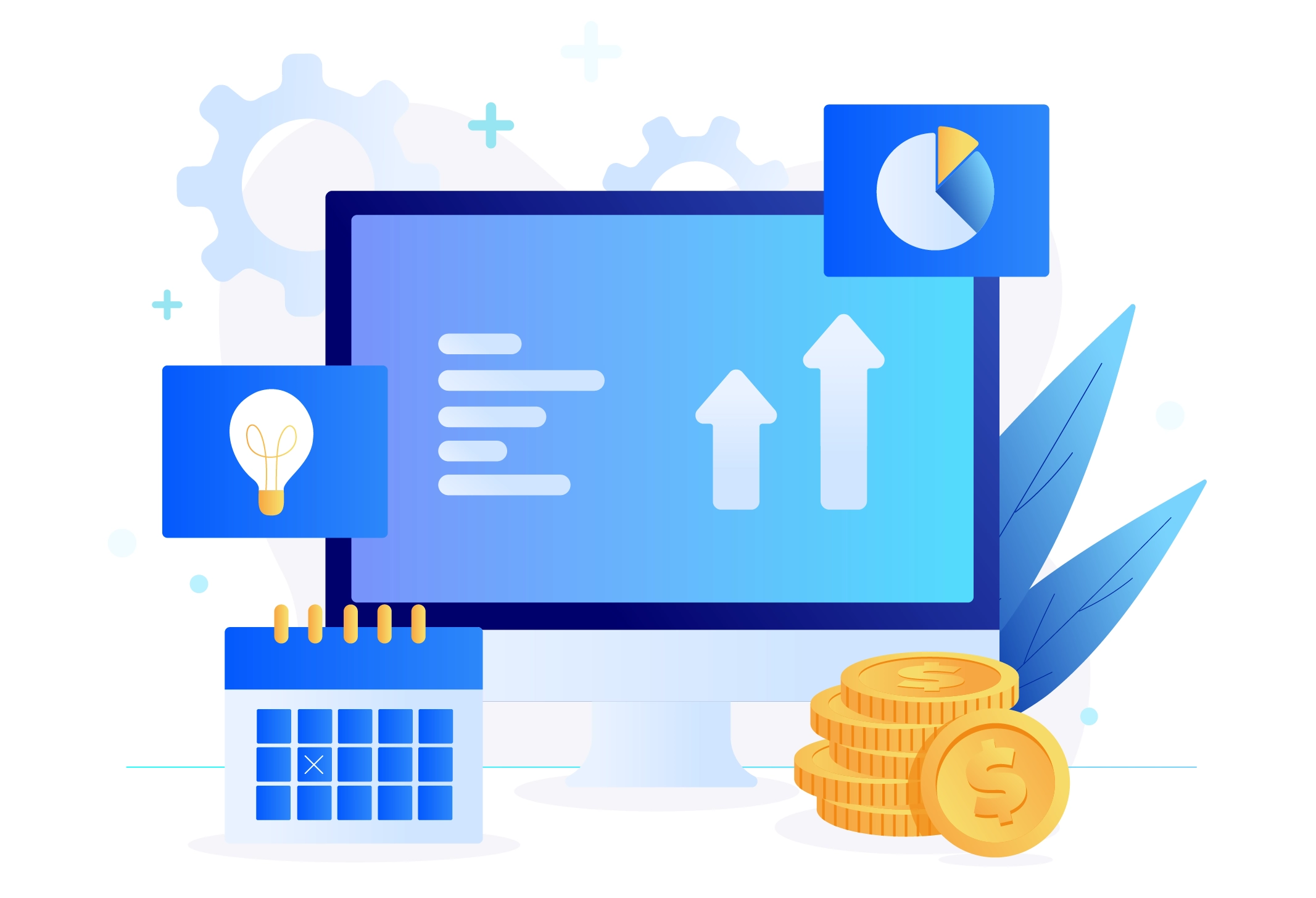
The ownership of assets and operational control constitute two of the main differences between the BOOT and BOT models. When a project is completed, ownership is transferred to the company by the service provider, who under the BOT model also takes on operating responsibility. The corporation has less influence over operations thanks to this arrangement, which also reduces operational risks. However, starting from the project’s beginning, the BOOT model gives the business complete ownership and operational control. However, it also means strict administration and supervision. This gives more freedom.
The levels of flexibility and scalability offered by these architectures differ. With the flexibility that the BOT model offers in project execution, the business may make use of the knowledge and assets of the service provider while yet being able to adjust to shifting market conditions. However as the business enters the operational phase and becomes an owned entity, there can be less room for flexibility. On the other hand, because the business retains control throughout the project lifecycle, the BOOT model offers more long-term flexibility and scalability. This improves scaling potential by enabling quick decision-making and responsiveness to changing business requirements.
The company’s financial capacity, risk tolerance, and strategic objectives will choose which of the BOT and BOOT models to use. The BOOT approach gives more control and long-term flexibility, but the BOT model offers immediate cost reduction and risk transfer. Companies can choose the model that best fits their needs and goals by carefully weighing cost, control, and flexibility factors. This maximizes project success and value development.
Project Needs, Finances, and Business Goals for Choosing Between BOT and BOOT Models
There are several important aspects to take into account when deciding the difference between the BOT and BOOT models for PPP business ventures.
It is critical to evaluate the needs and goals of your project. Under the BOT model, the project is usually developed and run in conjunction with a third-party provider for a predetermined amount of time before ownership is transferred. On the other hand, the BOOT model calls for starting the project from scratch, owning it, running it, and then eventually handing over control. Selecting the model that best fits your aims will require an understanding of the scope, schedule, and long-term objectives of your project.
The decision-making process is heavily influenced by financial resources and budget restrictions. Due to the third-party provider’s assumption of the initial project costs, the BOT model frequently demands a lower upfront investment. The ownership and operating duties of the BOOT model, on the other hand, need a larger initial capital commitment. You must determine your financial capability and weigh the potential costs associated with each type.
It is imperative to take your business objectives and long-term strategy into account. With the flexibility of the BOT model, companies may concentrate on their core skills while utilizing the resources and experience of the outside supplier. The BOOT model, on the other hand, gives the project’s assets and operations more ownership and control, which might better mesh with long-term strategic goals.
To choose the best strategy for your company, a thorough examination of these variables is ultimately necessary when choosing between the BOT and BOOT models. Weighing these factors can help you make an informed choice that supports your company’s goals, whether your priority is flexibility, cost-effectiveness, or long-term control and ownership.
A careful assessment of the project objectives, financial concerns, and long-term strategic goals is necessary to know the difficulties involved in selecting between the BOOT and BOT models. Businesses can make a well-informed decision that lays the groundwork for successful project execution and future growth by carefully evaluating these aspects.
Choosing the Right Partner for Your Business: Why Opt for Pattem Digital?
Choosing the correct partner is essential for reaching your goals quickly and successfully in the frantic business world of today. Here is where Pattem Digital excels, providing a range of services that are customized to fit your unique requirements. Pattem Digital is qualified to help you navigate the challenges of selecting the best strategy for your company because of its in-depth knowledge of BOOT and BOT models. With the depth of experience and knowledge that our team of professionals brings to the table, you can be sure that your projects will be completed accurately and skillfully.
At Pattem Digital, we value cooperation and communication above all else. We work closely with our clients to comprehend their goals and provide customized solutions. We constantly aim to go above and beyond expectations by emphasizing innovation and excellence. You may access a devoted staff that is focused on your success by selecting Pattem Digital as your partner for Build Operate Transfer IT Sourcing. We support you every step of the way, from the initial consultation to project delivery, enabling your company to succeed in the cutthroat industry of today.
